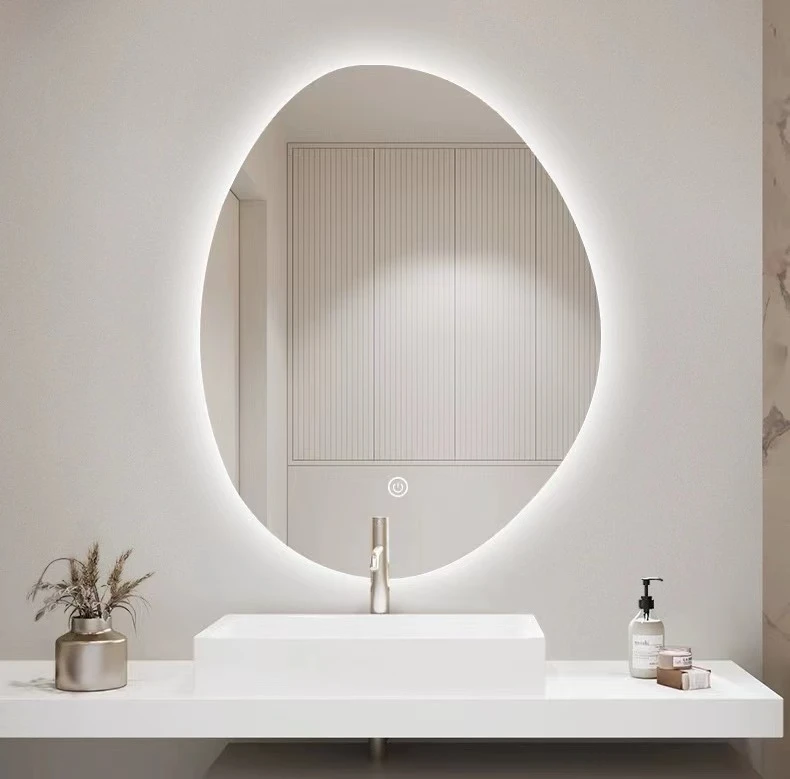

The Versatility of Grey Float Glass A Modern Architectural Marvel
Grey float glass has increasingly gained popularity in the architectural and design industries due to its unique properties and aesthetic appeal. Made from silica, soda ash, and limestone, float glass is produced by floating molten glass on top of molten tin, resulting in a flawless and uniform sheet. The grey coloration imbues the glass with a sophisticated appearance that is suitable for a variety of applications.
One of the primary advantages of grey float glass is its excellent light control. Unlike clear glass, grey float glass filters a portion of sunlight, reducing glare and providing a more comfortable indoor environment. This property is particularly beneficial in commercial buildings and residential homes where large glass facades are common. With the rising awareness of energy efficiency, grey float glass often contributes to thermal insulation, helping to maintain stable indoor temperatures while reducing reliance on heating and cooling systems.
In terms of aesthetics, grey float glass offers a sleek and modern look that can complement various architectural styles. Its neutral tone pairs well with different materials—such as steel, wood, and concrete—allowing for creative freedom in design. Whether used in windows, partitions, or railing systems, grey float glass can enhance the overall appearance of a space while providing essential functional benefits.

Safety is another significant aspect of grey float glass
. When treated with heat or chemicals, it can be made stronger and more resistant to impact, making it an ideal choice for high-traffic areas and exterior applications. Moreover, in the event of breakage, tempered grey float glass shatters into small pieces, reducing the risk of injury.Another aspect worth noting is the customizable features of grey float glass. Manufacturers offer various thicknesses, sizes, and finishes to meet specific design needs. From matte to reflective surfaces, the versatility of grey float glass makes it a favorite among architects and designers looking to create unique environments. Additionally, it can be laminated for improved safety and acoustic insulation.
Environmentally conscious architects and builders appreciate grey float glass for its sustainable qualities. The production process can utilize recycled materials, and its long lifespan reduces the need for frequent replacements. Furthermore, its thermal performance can contribute to certifications in green building standards, making it a favorable option for projects aiming for sustainability.
In conclusion, grey float glass stands out as a modern architectural material that offers both functionality and style. Its ability to control light, enhance aesthetics, and provide safety makes it an appealing choice for various applications. As the design world continues to evolve, grey float glass will undoubtedly remain a significant player, contributing to the creation of innovative and sustainable spaces that meet the demands of contemporary living.